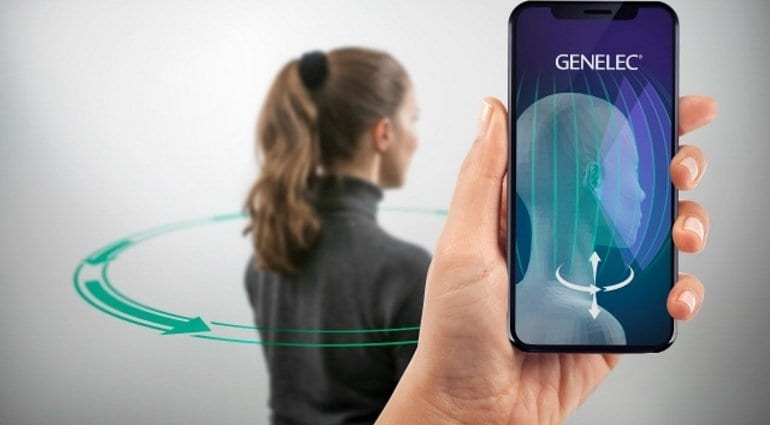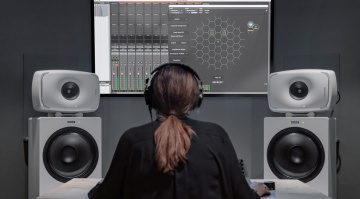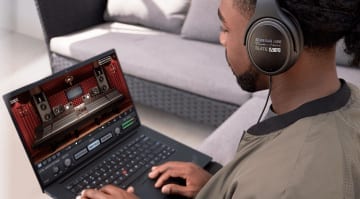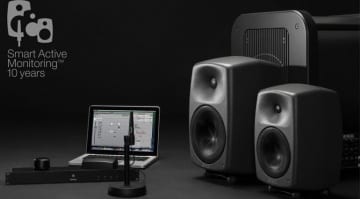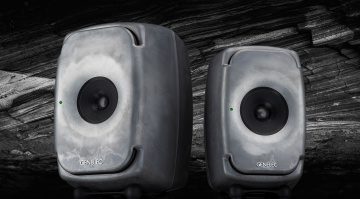Genelec Aural ID tech promises acoustically accurate headphone monitoring
Finnish monitoring meisters Genelec are on a mission to turn monitor headphones into actual monitors. How will they accomplish it? Good ol’ science! Saving fancy adjectives like “breakthrough” for the gear wordsmiths, Genelec’s newly introduced Aural ID software technology is an elaborate system of hearing compensation which takes into account the unique acoustical properties of your hearing anatomy.
Aural ID traces the acoustics and interaction of the user’s head, upper torso, and external ear to calculate a personal Head Related Transfer Function (HTRF) profile. Correction and compensation algorithms are then applied to incoming audio, enabling accurate reproduction.
With Aural ID, Genelec says it has managed to simplify what is a very complex measurement procedure into a user-friendly process that can be accomplished almost anywhere. The Aural ID web app has to be fed a 360-degree video of the user’s head and shoulder region – nothing too involved, a decent smartphone camera will suffice.
Then Aural ID comes up with a detailed 3D model of your noggin, scales it to the right dimensions, and calculates appropriate acoustic fields using a full-wave method – predicting and compensating for hundreds of possible orientations of audio approaching your head. The data is then compiled into a downloadable SOFA file, which is an AES-standardized format used in most VR and game audio engines.
Initially, Genelec projects Aural ID to be used for academic research, immersive audio, VR and game development. However, it is no question that, if successful, this tech could eventually trickle down, partly or in full, to pro audio and consumer gear. Perhaps Genelec’s creation really has what it takes to enable acoustically accurate headphone monitoring, which will be a blessing for engineers and producers working on location or in acoustically compromised spaces.
Release date
Genelec is looking into releasing Aural ID as an online service in the second half of 2019. So it won’t be long before we see what comes out of it.
More Information
- Genelec’s Aural ID site
